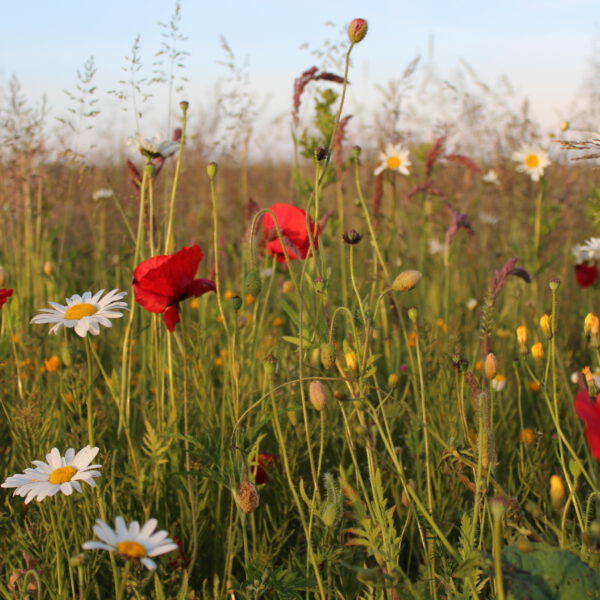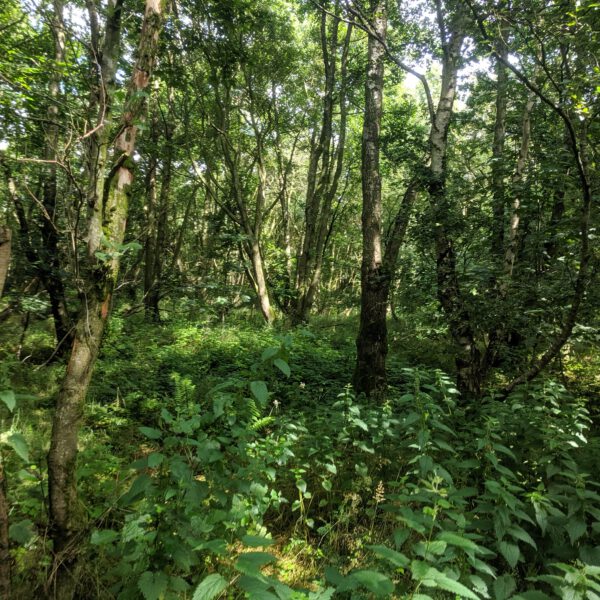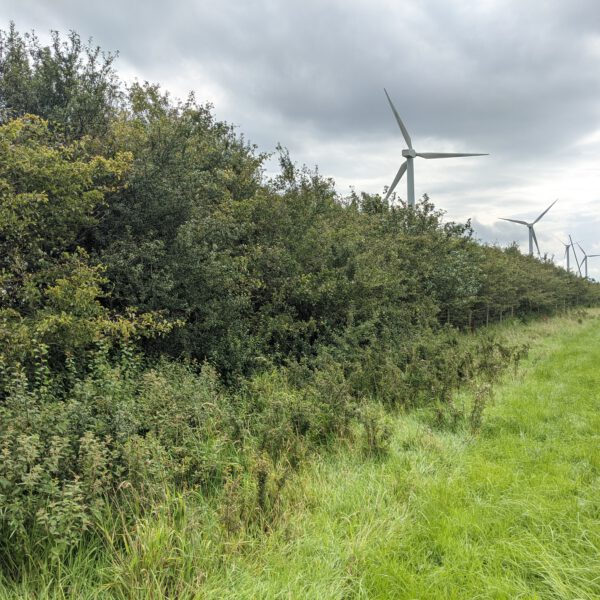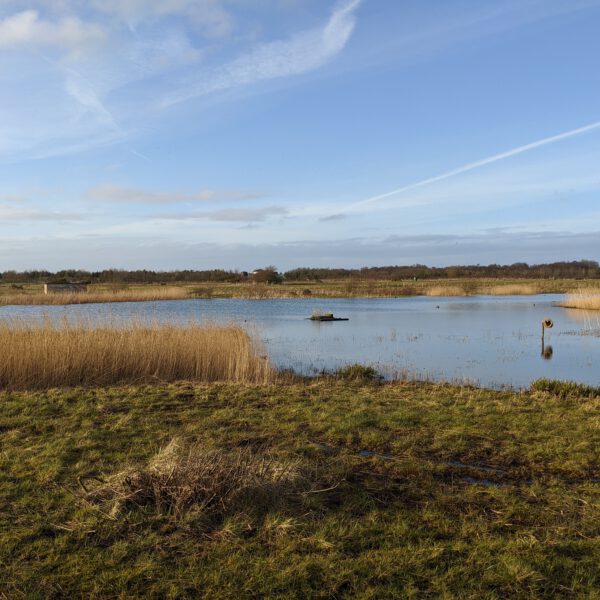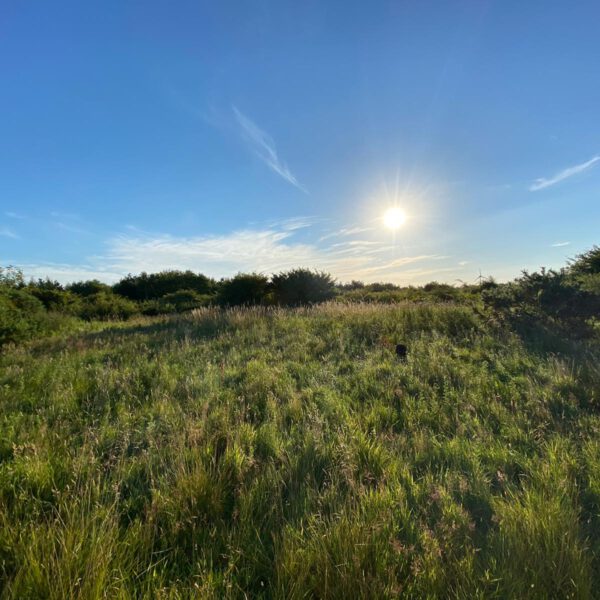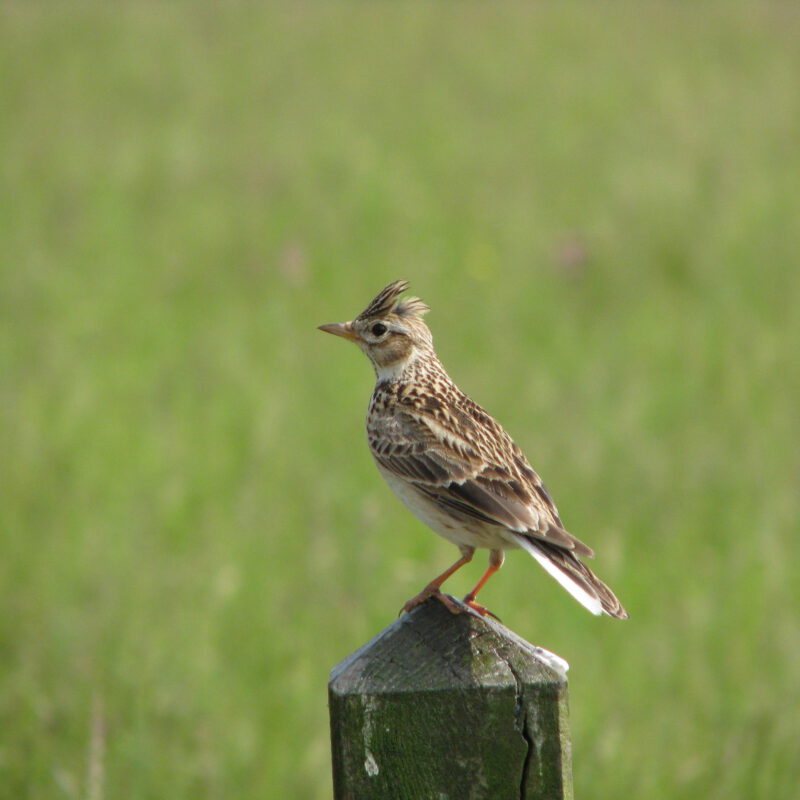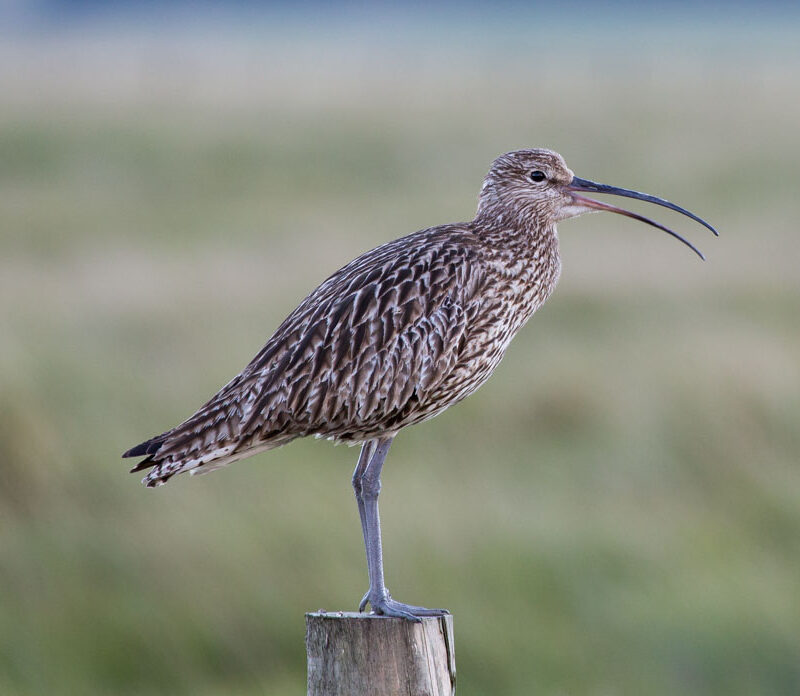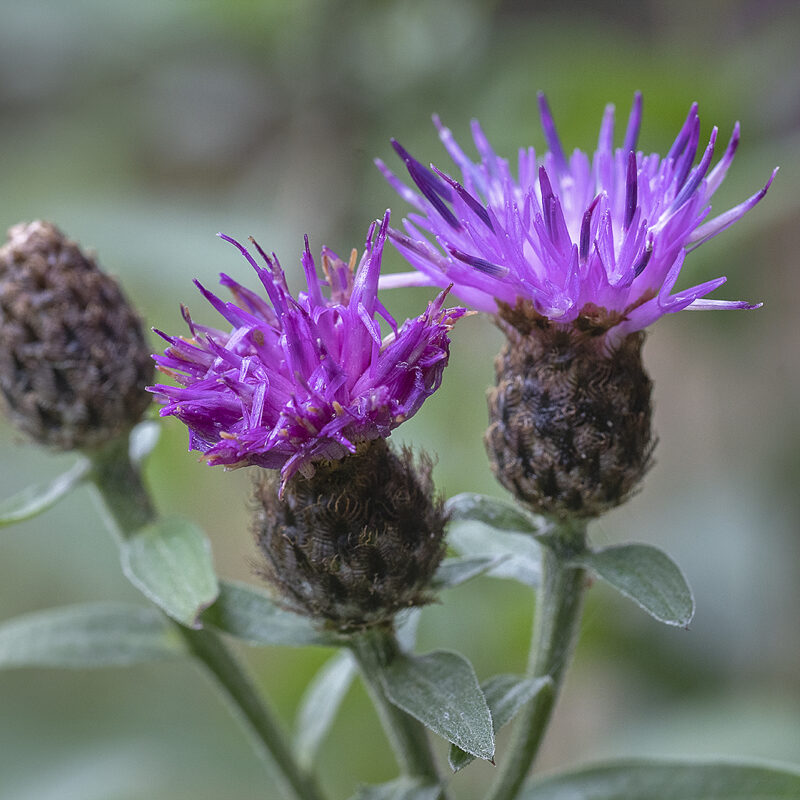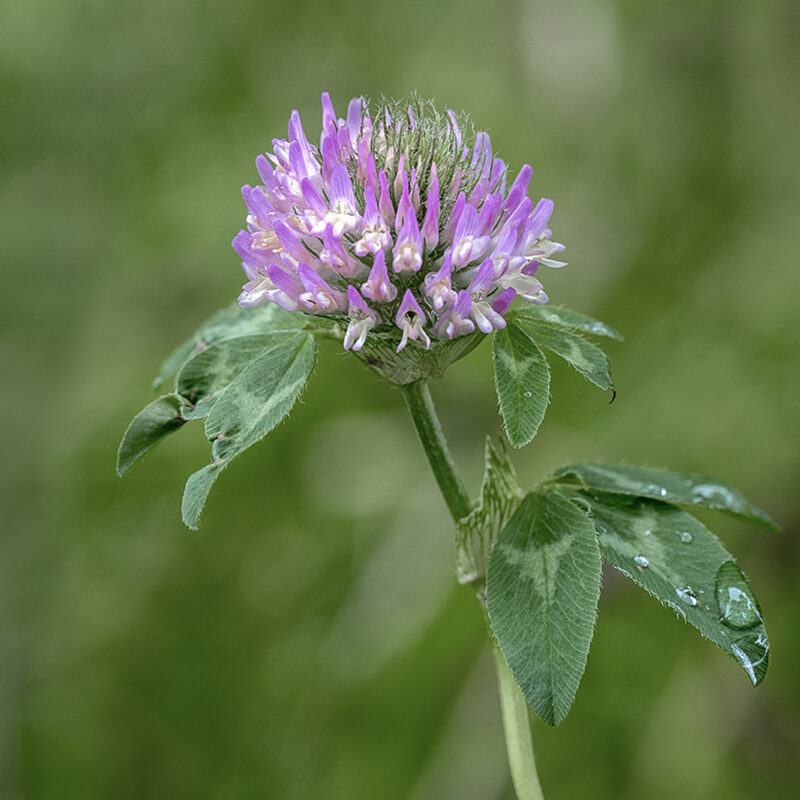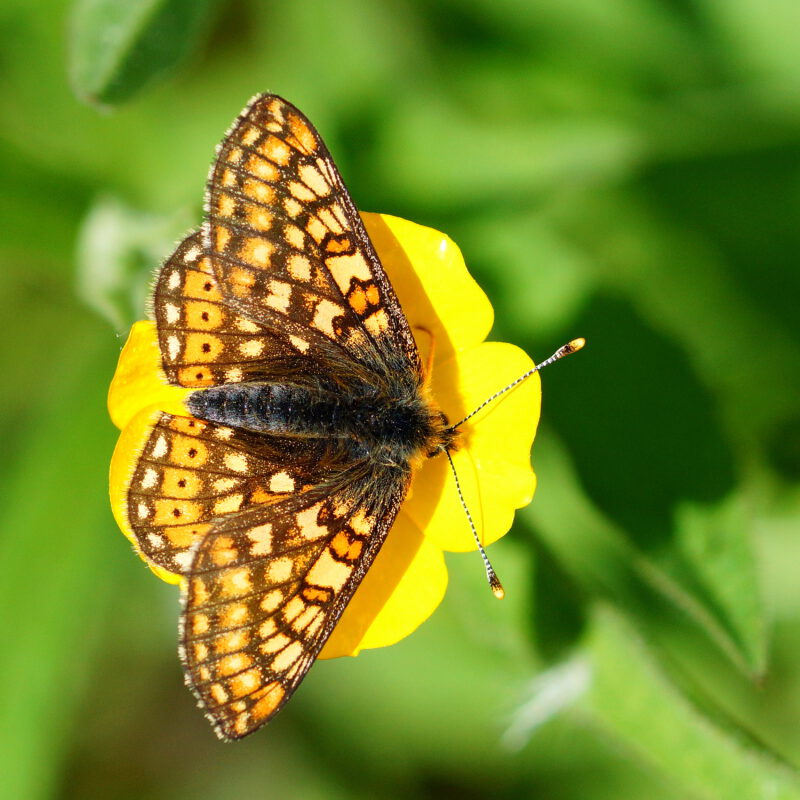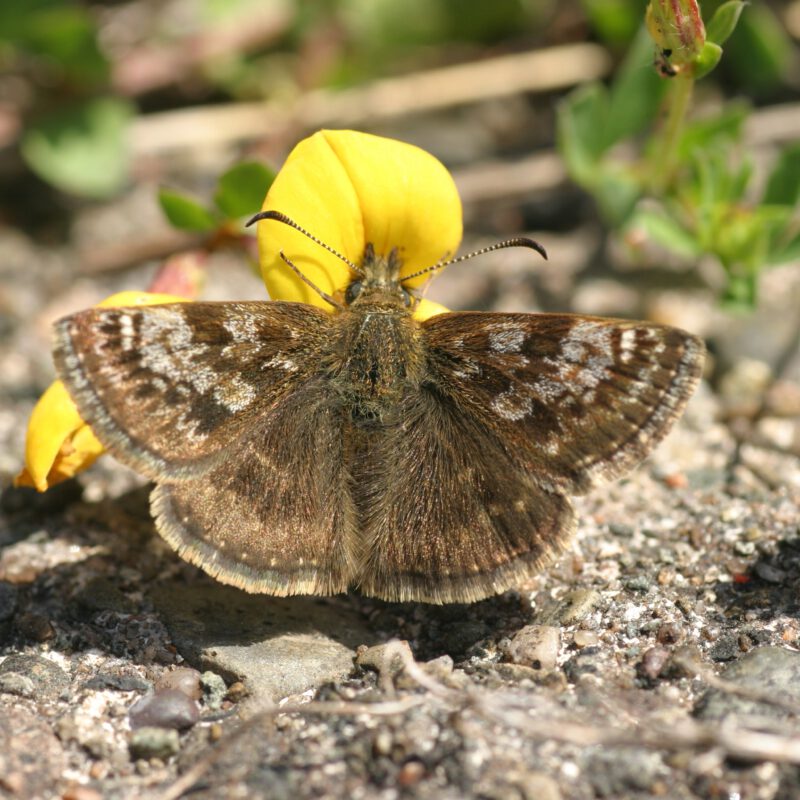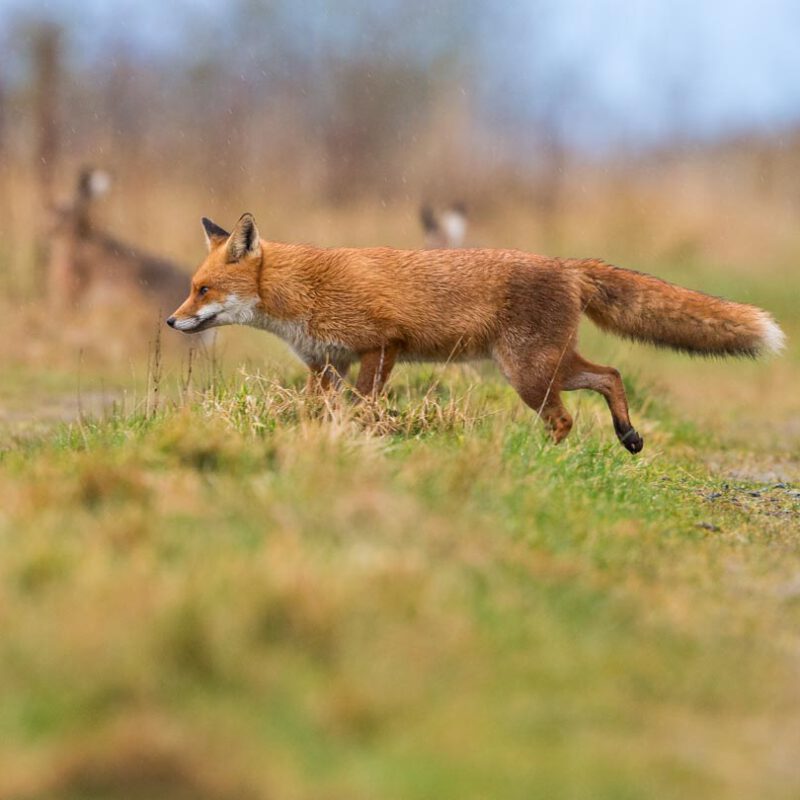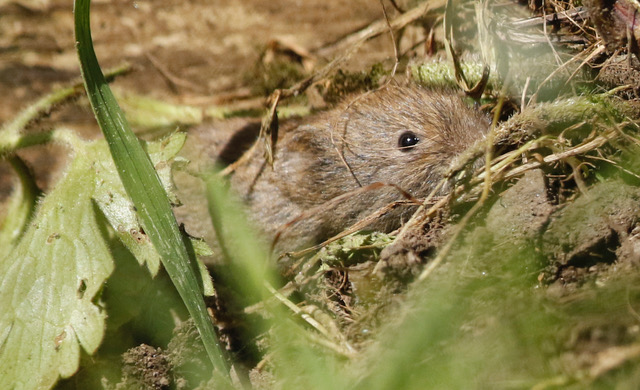A semi-natural habitat, meadows were once a common feature of the landscape; however, since the 1950s, through modern agricultural practice, these old meadows across the country have declined by as much as 97%. The habitat is a target habitat for UK Biodiversity Action Plan now the UK Post-2010 Biodiversity Framework.
Meadows are the result of old agriculture practices but are now declining thanks to intensive farming. Hay meadows are essentially permanent or semi-permanent grasslands that are cut each summer, usually in July in order to make hay and occasionally silage to feed animals over winter.
The characteristic grasses, herbs and wildflowers that grow in a meadow are not only a beautiful sight; they also provide a habitat for a vast array of species. A single acre of meadow may contain as many as 2 million spiders, and insects that number too many to count! The grasslands provide cover for shrews, voles and mice to hide from predators, while birds such as Skylark, Meadow Pipit and Curlew use the meadow as a nesting site.
Many of the wildflowers such as Black Knapweed and Devils-bit Scabious provide a valuable food supply for vast numbers of butterflies and insect. At Watchtree, re-creating wildflower hay-meadow habitat is a key priority, although converting agriculturally improved land is a significant challenge and there is a lot of work still to do in this regard. There are some parts of the reserve where you can see a meadow habitat. The best area at present is in the south of the reserve between the elemental garden and the first wind turbine. The fields are grazed through the autumn and winter by sheep or cattle. Areas of rough grassland are maintained for small mammals, which are food for the Barn Owl, Kestrel and Stoat.


